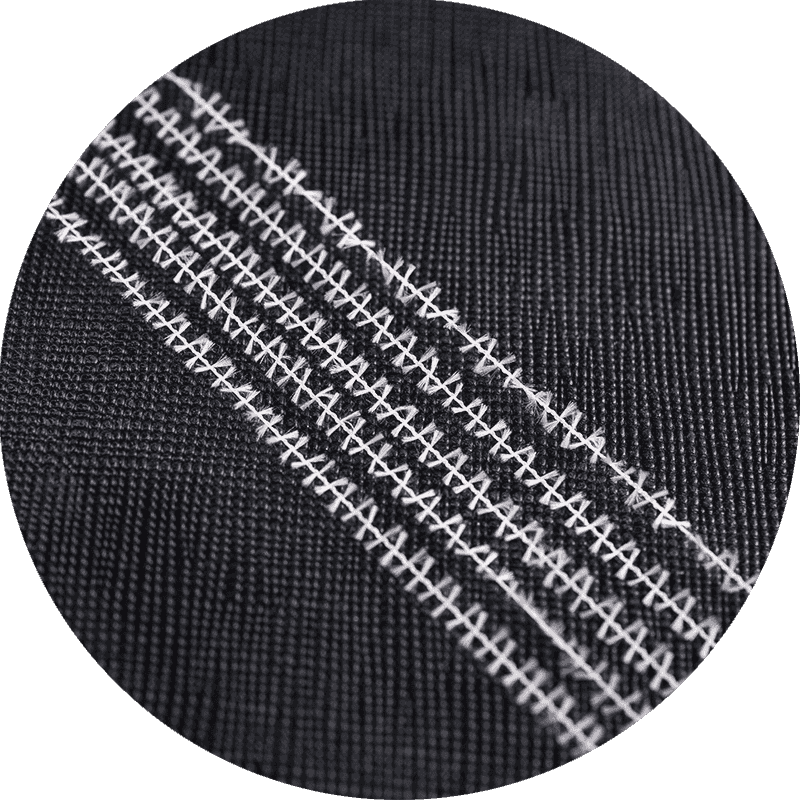The world of textile manufacturing has always been driven by innovation, from the development of new fibers to the creation of unique fabrics. One of the most fascinating advancements in recent years is the emergence of centipede-like yarn, a concept that is transforming how we think about yarn structures and their applications in various industries. This unique yarn type, inspired by the multi-segmented body of a centipede, combines function and creativity in ways never seen before.
The concept of centipede-like yarn is rooted in biomimicry, the design approach that takes inspiration from nature’s own solutions to challenges. The centipede, with its many jointed legs and segmented body, is an ideal model for creating flexible and durable structures. The segments of the centipede-like yarn work similarly to the centipede’s legs, providing freedom of movement while maintaining strength and resilience. This makes it an ideal material for textiles that require both flexibility and structural integrity.
One of the most exciting features of centipede-like yarn is its versatility. This yarn can be used in a variety of applications, ranging from fashion to industrial products.
Fashion and Apparel: In fashion, centipede-like yarn is used to create garments that are both lightweight and durable. The segmented structure of the yarn allows it to stretch and move with the wearer’s body, making it ideal for activewear, sportswear, and other performance-based clothing. The yarn can also be used in accessories such as scarves, hats, and gloves, where the flexibility and texture create interesting visual effects.

Home Textiles: Beyond clothing, centipede-like yarn has also found its place in home textiles, such as cushions, blankets, and curtains. Its elasticity and unique texture can add a luxurious feel to these everyday items, making them not only functional but also visually captivating.
Industrial Use: The flexibility and strength of centipede-like yarn make it suitable for industrial applications as well. For example, it can be used in the production of ropes, netting, or even as part of safety gear. The yarn’s ability to stretch and recover without breaking under tension makes it a valuable material for industries that require durable, long-lasting materials.
Tech Wearables: As technology continues to evolve, the demand for smart textiles is on the rise. Centipede-like yarn can be integrated into smart clothing, such as garments with built-in sensors or conductive fibers. The flexibility of the yarn makes it easier to embed electronics into textiles without compromising the comfort or functionality of the final product.
Creating centipede-like yarn involves advanced weaving and knitting techniques, which allow the individual segments of the yarn to be interlinked in a way that preserves the flexibility of each segment. This complex process requires high-precision machinery and expert craftsmanship to ensure that the yarn behaves as intended. The yarn is typically made from synthetic or natural fibers, and the segments are arranged to create a strong yet pliable structure.
As technology advances, the potential applications of centipede-like yarn will continue to expand. Researchers are exploring ways to further enhance the functionality of this unique yarn by integrating it with additional technologies, such as smart textiles, to create clothing and materials that can adapt to changing environments. Furthermore, the growing trend of sustainability in the textile industry could lead to the development of eco-friendly versions of centipede-like yarn, using biodegradable or recycled fibers.
Centipede-like yarn represents a remarkable fusion of nature-inspired design and modern textile technology. Its segmented structure offers an unprecedented combination of flexibility, durability, and texture, opening up new possibilities for the fashion, home, and industrial textile industries. As the yarn continues to evolve, it promises to play a key role in shaping the future of textiles, offering innovative solutions for both functional and aesthetic purposes. Whether in high-performance apparel or cutting-edge industrial applications, centipede-like yarn is undoubtedly a material to watch in the coming years.